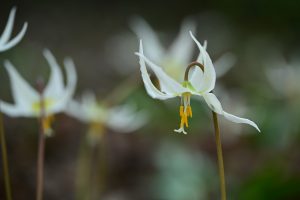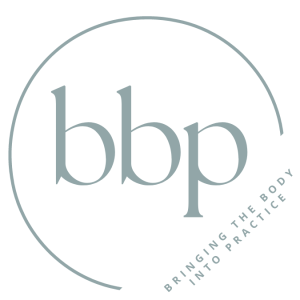Witnessing
This fall I’ve been thinking a lot about the capacity to witness. I have been thinking about what supports it, what threatens it, what builds it, and for therapists, how we are called to witness the unbearable, the unspeakable, and at times, that which has not, and perhaps cannot, or cannot, at this time, be metabolized through the body and psyche of the people we sit with. This is the work we do in the clinical space. As therapists, we serve as witness, and in doing so, material that has been rendered unbearable, becomes tolerable enough to metabolize. Mucci (2018) speaks to this, “by taking in the pain of the other, and bearing witness to it, the other is enabled to retrieve those parts of his or her existence that seemed erased, dissociated, split and disconnected. This retrieval enables a transformation in the social connection, a sign of renewal, reconstitution, collective reparation, and rebirth” (Mucci, 2013 cited in Mucci, 2018, p. 176 – 177). Mucci speaks of this as rebirth as there is a return of vitality as the psyche integrates and the autonomic nervous system processes the life-threatening states held in the body, moving from hypo arousal or dorsal vagal into a stronger, dominant ventral vagal state.
But what happens when we as therapists are also called to witness horror and terror in the larger world, the one outside of our clinical space, and in response to it, we feel fear, despair or helplessness? How do we continue to do the work that we do, and what is called for, when we are taken to our knees by world events, when our clinical spaces are infiltrated with the happenings of the larger world? As an educator in Somatic Attachment Psychotherapy, I’m always thinking about, how do we become more and more robust, where do we lean, what do we lean into, what holds us, how do we maintain our witness when we stumble, and as we stand as witness for and with others, what do we need?
In this time and place in history, where we are inundated by geo-political chaos and disconcerting movements, both in our own small communities and around the world, I am aware of the toll it takes. I know that it taxes each of us as clinicians, even if we are able to shut out some of the bombardment of difficult news, it comes in through our practices, and of course impacts us energetically. I’ve been thinking about that in my own life, and in a broader way, the lives of the therapists I know.
I think about the work that we do. I am awash with memories, scraps of competing truths vying for primary remembering, primary knowing:
- I remember that the body is “our primary text and starting point for knowledge” (Rountree, 2006, p. 98). This quiets me. I land.
- I remember, “When we remain connected to our body knowledge, it will make it more difficult for the powers that be to control our minds” (Crawford, 1998, p. 57). I nod.
- I remember, “A brain disconnected from the stomach, intestines, throat, heart, and other parts of our body isn’t only seriously impaired, it can be as deadly as the proverbial loose cannon” (Todd, 2001, p. 28). I nod.
- I remember, “People who can’t trust their own body knowledge feel out of touch, have less tolerance for ambiguity, seek clearcut simple rules to determine their actions, tend to consider complex situations in simplistic terms, and are thus more likely to be swayed by “experts” and by naïve either/or arguments” (Todd, 2001, p. 24). I feel worry.
- I remember, “reading the body as one would read a text, we used our lived experience as another valid and valued source of information and knowledge…” (Gustafson 1998, 52). I nod.
- I return to remembering that the body is “our primary text and starting point for knowledge” (Rountree, 2006, p. 98). This quiets me. I land.
I come back to the truth that nothing remains static. Embodiment is an ever-shifting evolution. Paired with the body is the capacity to witness, to be present, to hear the testimony of the people we sit with, and to use my body and my regulation in the process, for the process. For me, this has been an ever evolving and expanding quest, and I hope that is for you too.
This past week has called me to dig deeper and steady myself as my perception of reality shifted, as did many peoples’, with the outcome of the US election. By happenstance, my weekly supervision group was the first clinical space I entered into after the US election. I am one of the two Canadians in the group, the others are American. We put aside our cases and we sat, we processed, we made sense, and most importantly we connected and stood as witness for one another.
Since then, I have needed to take time, to be with myself, and come back to what I know beyond this moment. I had to take a bird’s eye view of history, of humanity, and lean into the vastness of time, to remember that Rome wasn’t built in a day, nor did it fall in a day, and I had to find commonality of values with those that understand a way forward that is different from my own perspective. Remembering the goodness of people beyond their political leanings helped me remember how to connect across differences, even when the chasm feels vast. This was imperative, not finding it as a philosophical endeavor, but for myself, so I could find my ground again and stand, until the next time I stumble.
If your interest is piqued, and you want to know more about my trainings, here’s a link to the Somatic Attachment Psychotherapy training page
References:
Crawford, L. 1998. “Including the Body in Learning Processes.” In Proceedings of the 17thAnnual Conference of the Canadian Association for the Study of Adult Education, edited by Maurice Taylor, 57-60. Ottawa: University of Ottawa.
Gustafson, D. L. 1998. “Embodied Learning about Health and Healing. Canadian Women Studies 17 (4): 52-55.
Rountree, K. 2006. “Performing the Divine: Neo-pagan Pilgrimages and Embodiment at Sacred Sites. Body & Society 12 (4): 95-114.
Mucci, C. (2018). Psychoanalysis for a new humanism; Embodied testimony, connectedness, memory and forgiveness for a “persistence of the human”. International Forum of Psychoanalysis. 27:3, 176 – 187.
Todd, J. 2001. “Body Knowledge, Empathy and the Body Politic.” The Humanist (March/April): 23-28.


